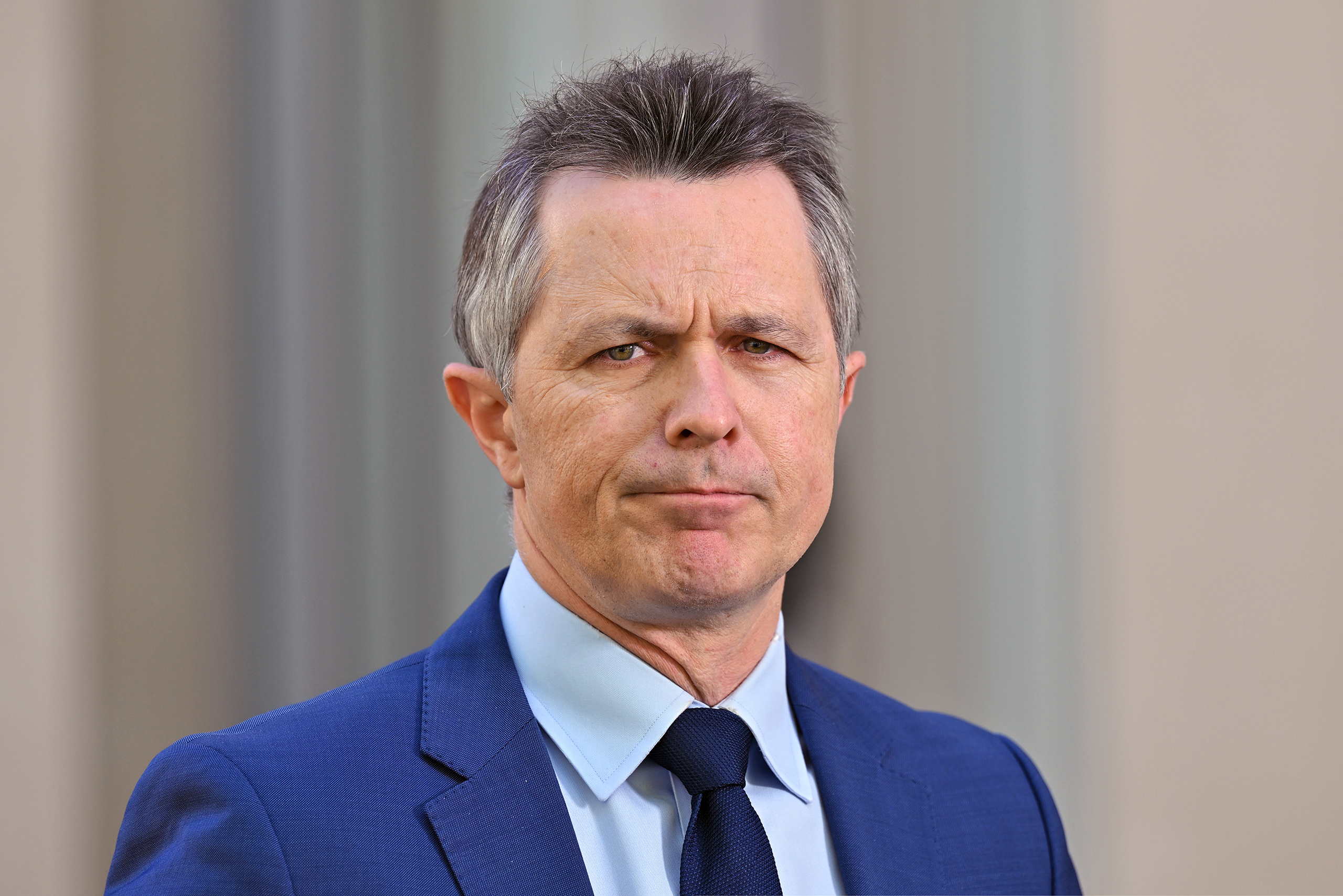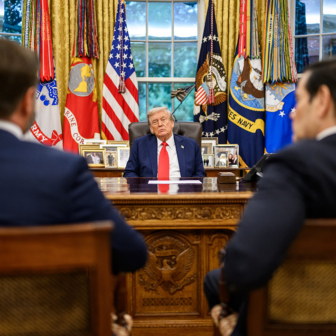The standoff between the federal government and the states is nominally a part of negotiations over a new National School Reform Agreement. In reality, these are not negotiations, nor are they national, and nor are they about reform.
The NSRAs were devised by deputy prime minister Julia Gillard in those heady days when a new Labor government had taken office in Canberra and all but one of the states were in the party’s hands as well. Labor’s “education revolution” would be driven by a “national approach”: a new national ministerial body, two new national institutions, a new national testing and disclosure regime, a national curriculum, a new national rhetoric of “performance,” “accountability,” “standards” and “outcomes,” the first of an intended series of NSRAs, and a reshaped national funding system known as “Gonski” — all capped by a boast that Australia’s schools would be in the top five on the OECD’s league tables by 2025.
Gonski, the one genuinely popular and positive component of the revolution, didn’t get up; the rest was installed in a trice; but the “national” enthusiasm soon cooled. The revolution looked increasingly like a kind of putsch by Canberra under the cover of big talk about reform and the national role of schooling. Its gung-ho reforms showed no sign of working, and the machinery that was supposed to bring nine governments at two levels and three sectors of schooling — government, Catholic and independent, each with its own funding, regulation and governance — into a single, bold movement for reform simply gummed up the already complex works.
The revolution’s infrastructure survived a decade of Coalition governments that had no interest in reform or derogating from states’ rights but found its machinery well suited to delivering yet more money to the two non-government sectors. So when Labor returned to office in Canberra in May 2022 it faced a welter of evidence that Australia was further than ever from the OECD’s top five, along with a chorus of demands for the restoration of Gonski funding for government schools and, soon, a scathing Productivity Commission review that found the NSRAs to be clumsy, muscle-bound and almost completely ineffectual.
New minister Jason Clare opted for adjustment rather than a rethink. Pending his own review, he delayed renegotiating the NSRA for twelve months. When it came, the “better and fairer schools” report prescribed familiar medication — “reform directions” aiming to lift “outcomes” through “measurable” and “evidence-based” initiatives and programs. Incorporated in a slimmed-down and tightened up NSRA and fitted out with “priorities” and “targets,” the reforms came with an offer of more money — but money contingent on the states and territories lifting their own spending as well.
Any claims to represent a “national” approach were subverted when the feds set about doing funding deals with one state or territory after another: first the Northern Territory (small, cheap and desperate), then Western Australia (flush with GST and resource revenues), then Tasmania (as for the NT) and then… nothing. No more takers. A deadline (30 September) was announced. Queensland and the ACT were in election mode; perhaps new governments would sign up? South Australia was reported to be dithering. But New South Wales and Victoria, with close to half of Australia’s schools between them, refused to budge.
It’s not the long list of arid “reforms” that stuck in the throat — they could mean whatever, and if the targets aren’t met, well, what is anyone going to do about it? Not nearly so malleable is the money. As the deadline came and went Clare was reduced to saying that of course he wouldn’t leave the government schools in the lurch — the Commonwealth would pay its share of the improved deal, and resume negotiations.
Some well-credentialled observers of this game, notably including Pasi Sahlberg, once a senior figure in Finnish education and a member of the better and fairer review committee, conclude that the system is “broken” but nevertheless offer suggestions for fixing it. Engineering isn’t the problem, however. The problem, the fundamental problem, is the close involvement of two levels of government in all three school sectors in all eight states and territories. Schooling’s nominally national brain is too far from its body, responsibilities are blurred, no one knows who’s steering the ship, nothing much happens, good things are blocked and senior officers take perverse pride in knowing their way around a bafflingly complicated vessel. One or other level of government has to go. Since there is absolutely no prospect of a single national system run from Canberra, that must be the Commonwealth.
The Commonwealth is approaching the end of a line laid down by Menzies in the 1960s then systematised by Whitlam and his Karmel committee in 1973. At first, and for many years, it was a good and necessary supporter and encourager of teachers and schools. Those days are long gone. Fix-lists, targets and top-down micromanagement are no substitute for a strategy, carefully planned and executed, to deliver a big, widely appealing goal over a very long time-frame — particularly if the fixes listed in the NSRA and elsewhere bet the farm on more “effective” teaching rather than a reorganised learning process.
While the moribund machinery of the “revolution” remains in place, however, and while the Commonwealth continues to insist that the parrot is not dead, there will be no agency or government or combination of them capable of conceiving, planning and carrying through the kind and scale of reform needed to turn schooling’s fortunes around.
Nothing in the Commonwealth’s sixty-year life in schooling would so become it as the graceful leaving of it. In exchange for putting the money through untied grants to the states and territories, agreements would need to be secured first with those eight other governments about broad directions and the reform of governance. But that won’t happen. Any federal minister suspected of decentralising tendencies would face hostile vested interests, including his or her own department, the “national” agencies and the bean-counters in Finance and Treasury determined to extract “accountability” for federal money. Canberra will have to be pushed.
Perhaps the holdout states could tell Mr Clare that they’ll sign up in exchange for a small, high-powered review recommending ways to return responsibility for schooling to the only entities that, given significant restructuring of their own arrangements, could actually help schools do better by the kids, as so many schools badly want to do. •




